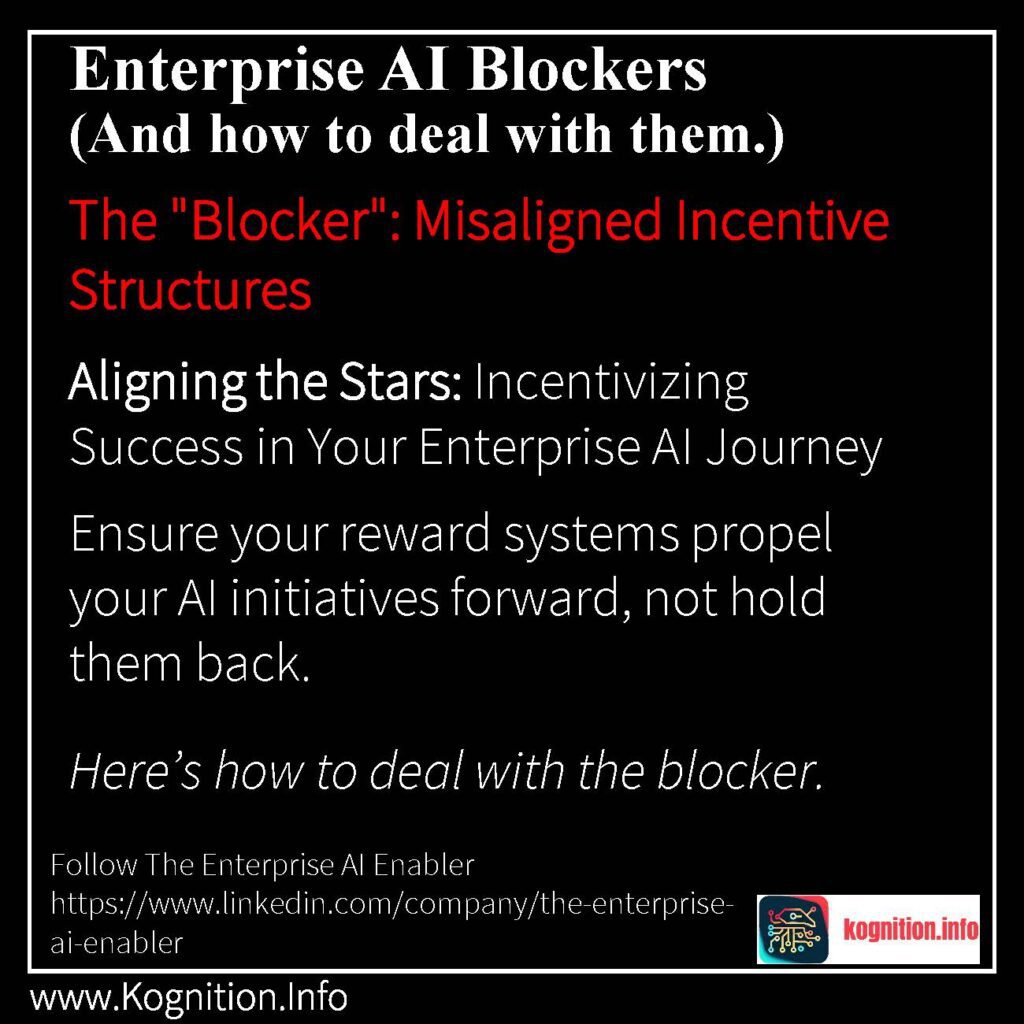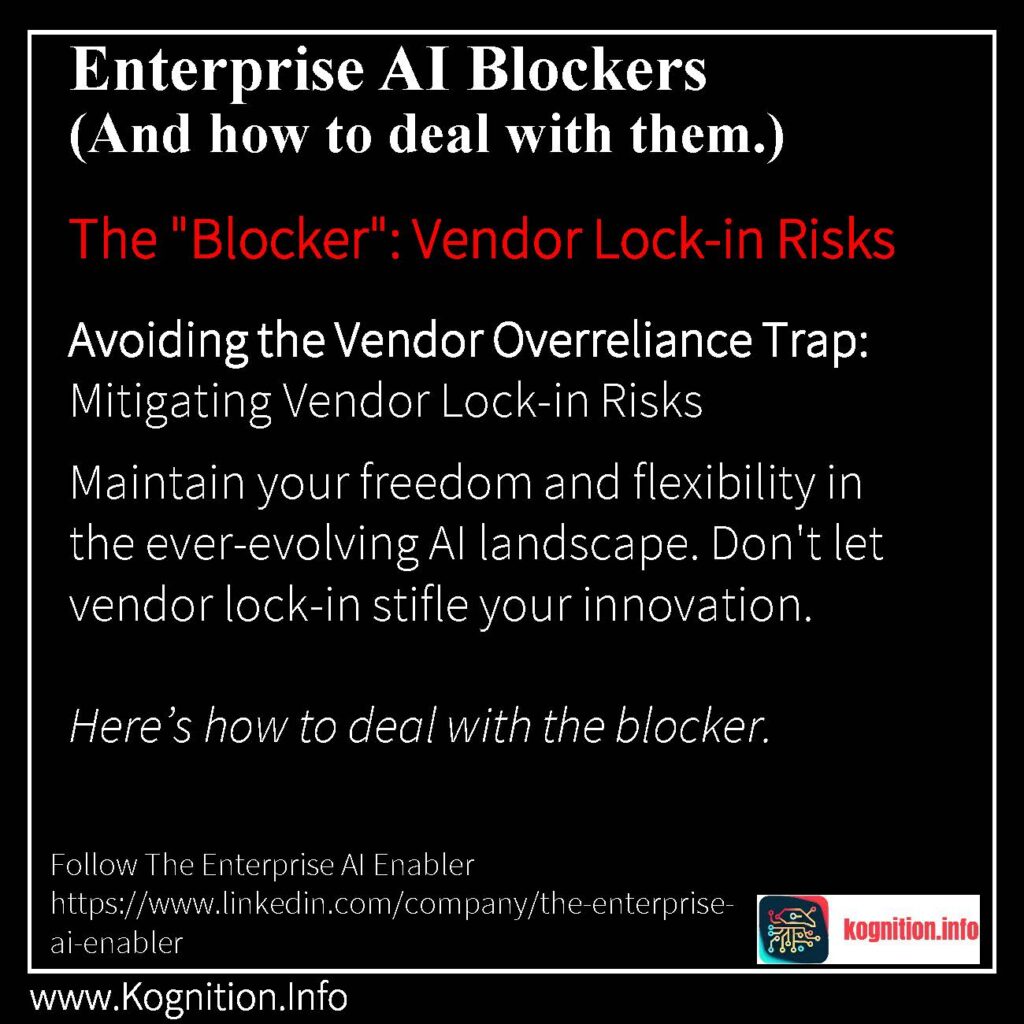Playing the Long Game: Strategic AI for Lasting Enterprise Value Enterprise AI is a complex endeavor with several Blockers (or Rocks) impeding progress. Here’s one blocker and how to deal with it. Shift from short-term gains to long-term AI transformation for sustainable competitive advantage. The Blocker: Short-Term Mindset Imagine a farmer focused solely on harvesting…


